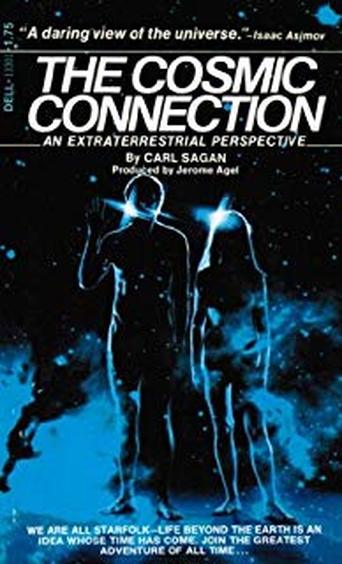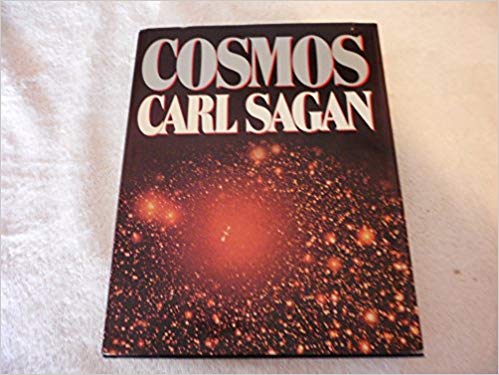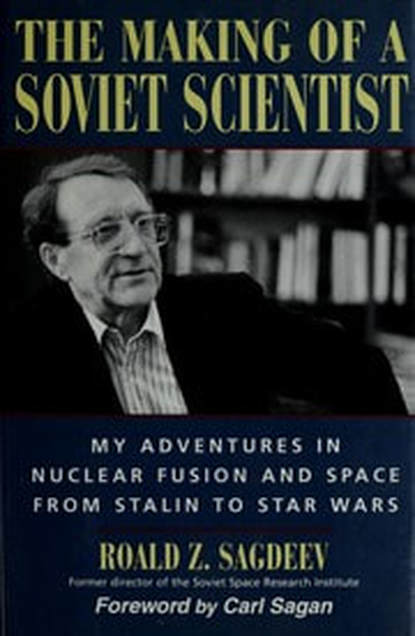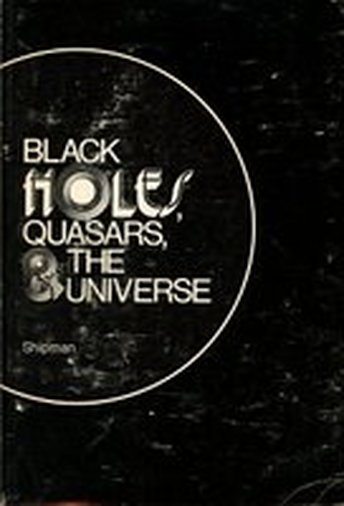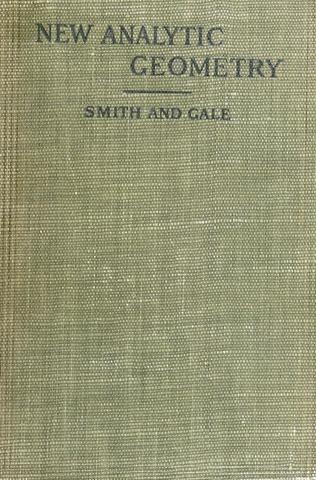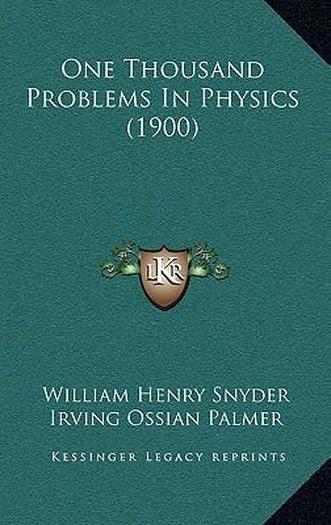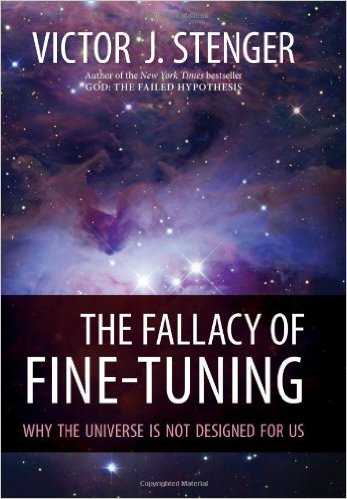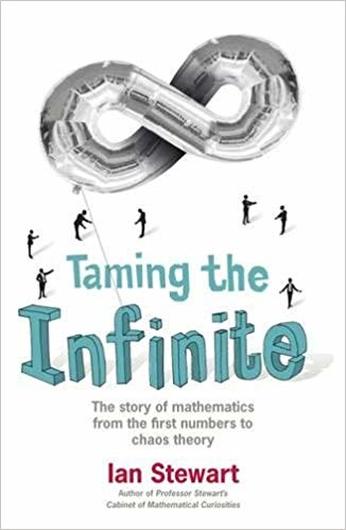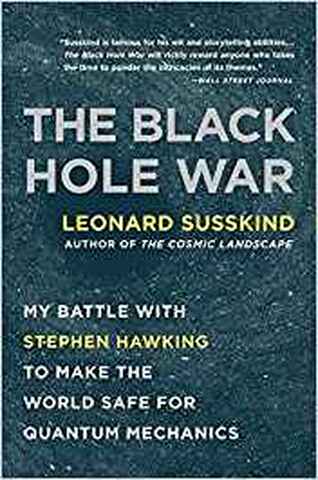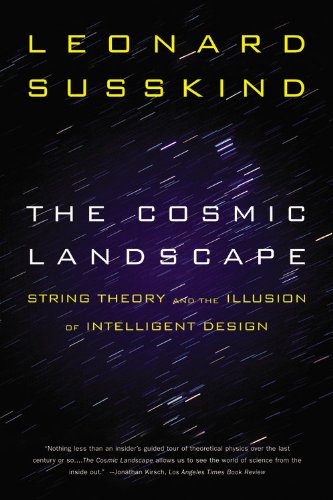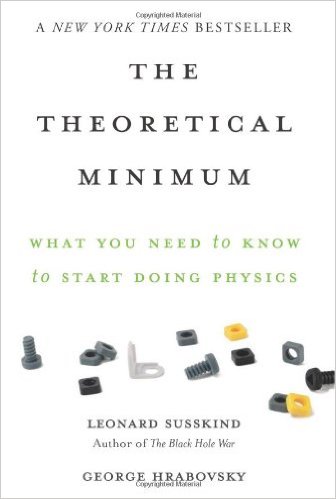The Cosmic Connection: An Extraterrestrial Perspective
|
In 1973, Carl Sagan published The Cosmic Connection, a daring view of the universe, which rapidly became a classic work of popular science and inspired a generation of scientists and enthusiasts. This seminal work is reproduced here for a whole new generation to enjoy. In Sagan's typically lucid and lyrical style, he discusses many topics from astrophysics and solar system science, to colonization, terraforming and the search for extraterrestrials. Sagan conveys his own excitement and wonder, and relates the revelations of astronomy to the most profound human problems and concerns: issues that are just as valid today as they were thirty years ago. New to this edition are Freeman Dyson's comments on Sagan's vision and the importance of the work, Ann Druyan's assessment of Sagan's cultural significance as a champion of science, and David Morrison's discussion of the advances made since 1973 and what became of Sagan's predictions. Who knows what wonders this third millennium will reveal, but one thing is certain: Carl Sagan played a unique role in preparing us for them.
|
S A G A N |
Cosmos: The Story of Cosmic Evolution, Science and Civilisation
|
By: Carl Sagan (Author)
This visually stunning book with over 250 full-color illustrations, many of them never before published, is based on Carl Sagan’s thirteen-part television series. Told with Sagan’s remarkable ability to make scientific ideas both comprehensible and exciting, Cosmos is about science in its broadest human context, how science and civilization grew up together.
The book also explores spacecraft missions of discovery of the nearby planets, the research in the Library of ancient Alexandria, the human brain, Egyptian hieroglyphics, the origin of life, the death of the Sun, the evolution of galaxies and the origins of matter, suns and worlds. Sagan retraces the fifteen billion years of cos-mic evolution that have transformed matter into life and consciousness, enabling the Cosmos to wonder about itself. He considers the latest findings on life elsewhere and how we might communicate with the beings of other worlds. Cosmos is the story of our long journey of discovery and the forces and individuals who helped to shape modern science, including Democritus, Hypatia, Kepler, Newton, Huy-gens, Champollion, Lowell and Humason. Sagan looks at our planet from an extra-terrestrial vantage point and sees a blue jewel-like world, inhabited by a lifeform that is just beginning to discover its own unity and to ven-ture into the vast ocean of space. |
S A G A N |
The Making of a Soviet Scientist: My Adventures in Nuclear Fusion and Space From Stalin to Star Wars
|
By: Roald Z. Sagdeev
The critically acclaimed memoir that rips the curtain of secrecy off the world of Soviet science
"Revelations and insights about the Soviet space program . . . It is good that such a wise man will live among us for a while." --The New York Times "A rare, valuable, insider's look at the Soviet military industrial machine."--Publishers Weekly "I found it fascinating . . . important not only to scientists, but also for those who fashion government politics generally."--Herman Feshbach Institute Professor Emeritus Massachusetts Institute of Technology "A real contribution to the literature of the space age."--Chicago Sun-Times "This is a powerful yet charming account of the Soviet Union's scientific, space, and military enterprise, characterized by Sagdeev's frank and insightful style mixed with delightful humor and humanity."--Charles H. Townes Nobel Laureate in Physics University of California, Berkeley "For all who are interested in the interaction of science and society, and in the nature of the Soviet Union as seen by a keen observer who was at the same time an 'insider' and a dedicated humanist, this book is highly recommended." --Physics Today |
S A G D E E V |
Black Holes Quasars and the Universe
by Harry L. Shipman
by Harry L. Shipman
New Analytic Geometry -1912
by Smith and Gale
by Smith and Gale
|
S M I T H |
One Thousand Problems in Physics
by William Henry Snyder
|
This is a pre-1923 historical reproduction that was curated for quality. Quality assurance was conducted on each of these books in an attempt to remove books with imperfections introduced by the digitization process. Though we have made best efforts - the books may have occasional errors that do not impede the reading experience. We believe this work is culturally important and have elected to bring the book back into print as part of our continuing commitment to the preservation of printed works worldwide. This text refers to the Bibliobazaar edition.
|
S N Y D E R |
The Fallacy of Fine-Tuning: Why the Universe Is Not Designed for Us
by Victor J. Stenger
by Victor J. Stenger
|
A number of authors have noted that if some physical parameters were slightly changed, the universe could no longer support life, as we know it. This implies that life depends sensitively on the physics of our universe. Does this "fine-tuning" of the universe suggest that a creator god intentionally calibrated the initial conditions of the universe such that life on earth and the evolution of humanity would eventually emerge? In his in-depth and highly accessible discussion of this fascinating and controversial topic, the author looks at the evidence and comes to the opposite conclusion. He finds that the observations of science and our naked senses not only show no evidence for God, they provide evidence beyond a reasonable doubt that God does not exist.
|
S T E N G E R |
Taming the Infinite: The Story of Mathematics
The Story Of Mathematics From The First Numbers To Chaos Theory
|
By: Ian Stewart (Author)
From ancient Babylon to the last great unsolved problems, Ian Stewart brings us his definitive history of mathematics. In his famous straightforward style, Professor Stewart explains each major development - from the first number systems to chaos theory - and considers how each affected society and changed everyday life forever.
Maintaining a personal touch, he introduces all of the outstanding mathematicians of history, from the key Babylonians, Greeks and Egyptians, via Newton and Descartes, to Fermat, Babbage and Gödel, and demystifies maths' key concepts without recourse to complicated formulae. Written to provide a captivating historic narrative for the non-mathematician, Taming the Infinite: The Story of Mathematics is packed with fascinating nuggets and quirky asides, and contains 100 illustrations and diagrams to illuminate and aid understanding of a subject many dread, but which has made our world what it is today. |
S T E W A R T |
The Black Hole War:
My Battle with Stephen Hawking to Make the World Safe for Quantum Mechanics
|
By: Leonard Susskind
At the beginning of the 21st century, physics is being driven to very unfamiliar territory--the domain of the incredibly small and the incredibly heavy. The new world is a world in which both quantum mechanics and gravity are equally important. But mysteries remain. One of the biggest involved black holes. Famed physicist Stephen Hawking claimed that anything sucked in a black hole was lost forever. For three decades, Leonard Susskind and Hawking clashed over the answer to this problem. Finally, in 2004, Hawking conceded. THE BLACK HOLE WAR will explain the mind-blowing science that finally won out, and the emergence of a new paradigm that argues the world--this catalog, your home, your breakfast, you--is actually a hologram projected from the edges of space. |
S U S S K I N D |
The Cosmic Landscape: String Theory and the Illusion of Intelligent Design
|
By: Leonard Susskind (Author)
Physicist Susskind is a founder of string theory, and his first popular work will be of utmost significance to science readers. They will be challenged throughout by Susskind's ideas, of which strings are but a part; his driving curiosity is to discover why the laws of physics are what they are and so finely poised to permit life. Susskind discusses how slight alterations of physical values would destroy atoms and, hence, life. Deeming unscientific any proposition of a supernatural agency in setting the physical dials so exactly, Susskind advances a radical concept he calls the "landscape." Valiantly explaining it to his lay audience, Susskind, after introducing the moving parts of his theory (general relativity, quantum mechanics, vacuum energy), compares our universe to a rolling ball on an undulating landscape. Its place of rest equates to our laws of physics. In this extraordinary work, Susskind ushers us to the mind-bending edge of a possible paradigm shift. Gilbert Taylor
Copyright © American Library Association. All rights reserved |
S U S S K I N D |
The Theoretical Minimum
by Leonard Susskind on amazon
by Leonard Susskind on amazon
|
A Wall Street Journal Best Book of 2013
If you ever regretted not taking physics in college—or simply want to know how to think like a physicist—this is the book for you. In this bestselling introduction, physicist Leonard Susskind and hacker-scientist George Hrabovsky offer a first course in physics and associated math for the ardent amateur. Challenging, lucid, and concise, The Theoretical Minimum provides a tool kit for amateur scientists to learn physics at their own pace. |
S U S S K I N D |




